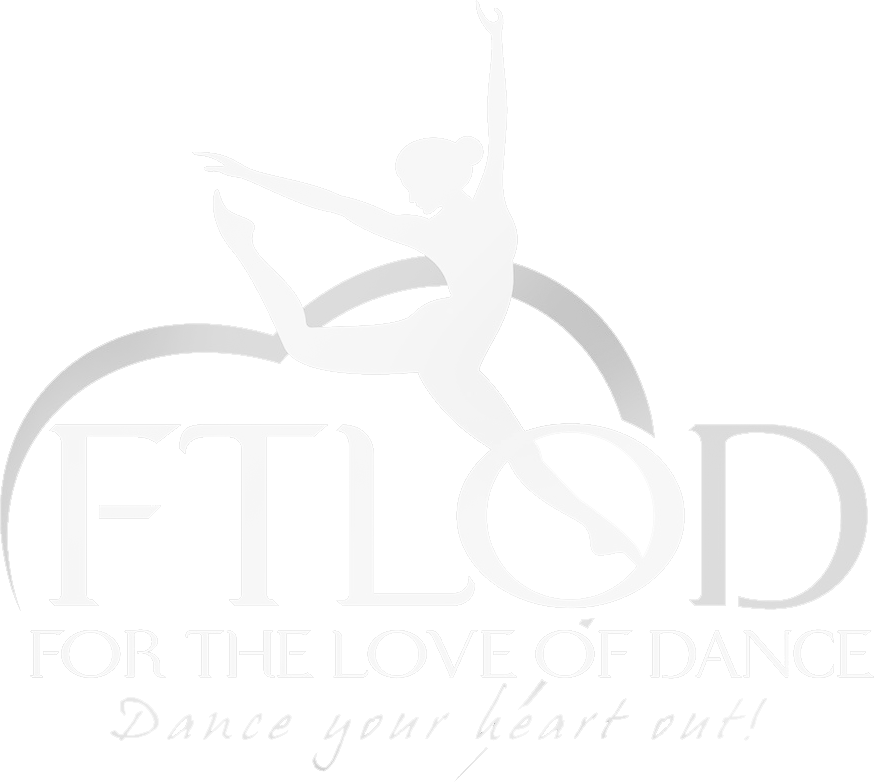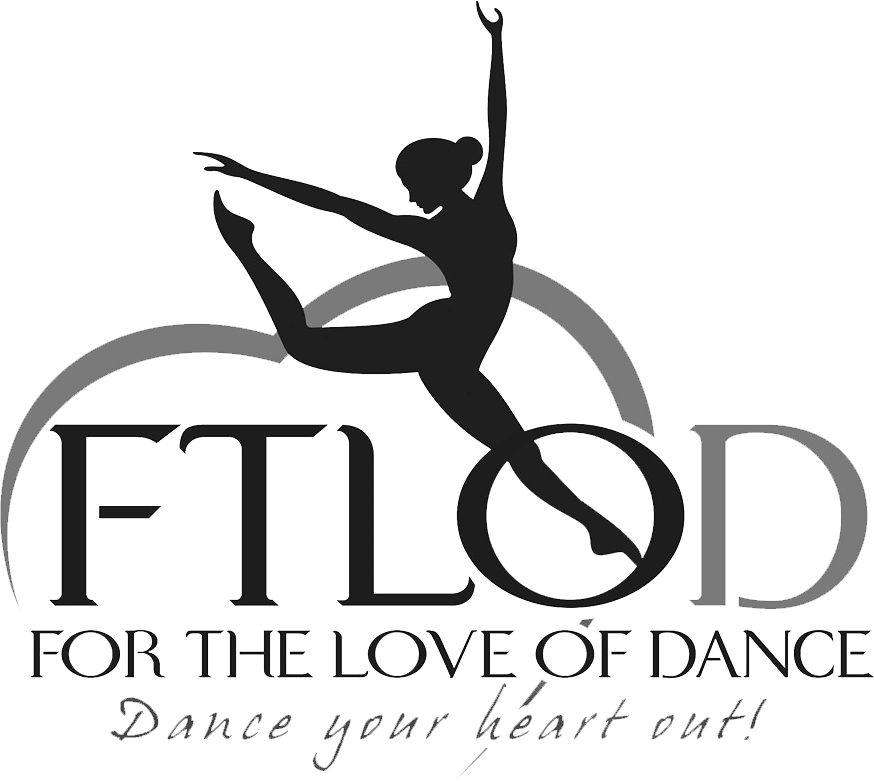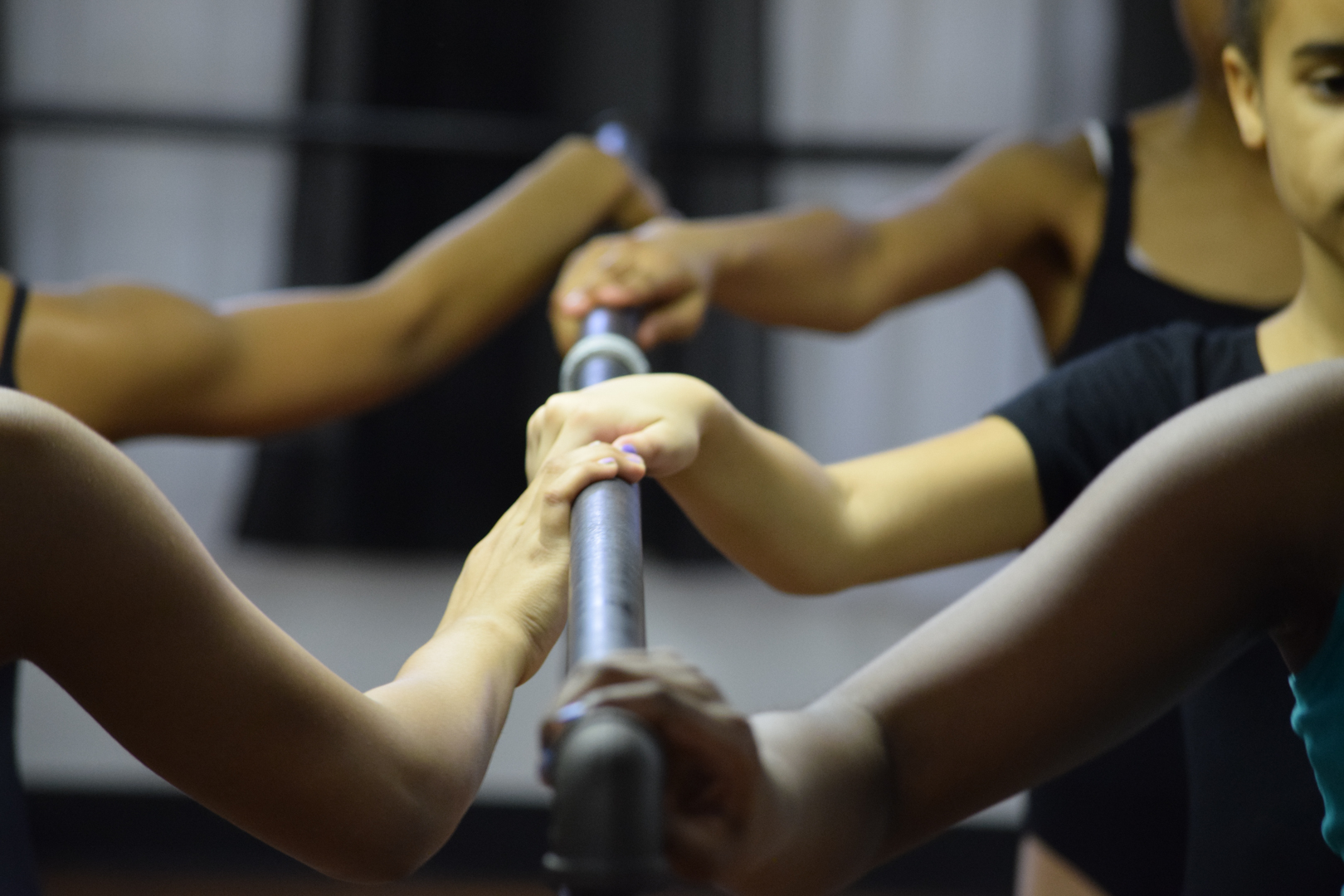
The cultural significance of Black & Brown Ballerinas in Dance
Ballet, often seen as the epitome of grace and precision, has historically been dominated by white performers, leaving Black and Brown ballerinas underrepresented and excluded. However, over the past several decades, there has been a gradual but powerful shift. The rise of Black and Brown ballerinas in the world of dance represents more than just individual achievements; it is a cultural milestone that reflects the ongoing struggle for inclusivity, representation, and equality in the arts.
What Does It Represent?
The presence of Black and Brown ballerinas in dance symbolizes a breakthrough in an art form that was once largely inaccessible to people of color. It serves as a beacon of hope, inspiring young dancers from marginalized communities to pursue their dreams, regardless of the historical barriers they face. Representation in ballet is not merely about diversity but about the assertion of identity and culture. For Black and Brown ballerinas, every pirouette and leap is an act of resilience that defies the stereotypes that have long excluded them from the classical ballet world.
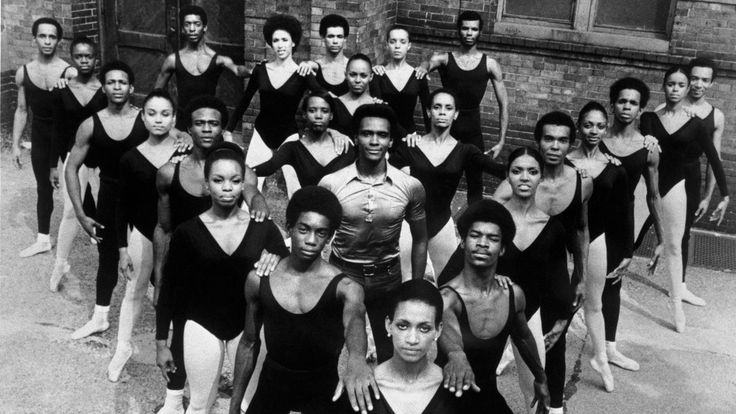
These ballerinas represent the breaking down of long-standing racial and cultural barriers, challenging the traditional image of a ballerina as being tall, slim, and white. They embody the intersection of culture, talent, and perseverance, and their success affirms that ballet, like any art form, belongs to everyone, no matter their background.
Adversity and Challenges Faced by Black & Brown Ballerinas
The journey for Black and Brown ballerinas has been fraught with obstacles, and these challenges are deeply rooted in the historical and systemic racism that pervades the arts. One of the earliest and most evident hurdles has been the lack of representation and the underfunding of dance programs in predominantly Black and Brown communities.
For many Black and Brown dancers, access to quality ballet training has been a constant struggle. Classical ballet studios, which are often seen as the gateway to professional ballet careers, have historically been either too expensive or simply unwelcoming to dancers of color. These barriers extend beyond financial constraints, as many ballet companies and schools have maintained predominantly white casts, with little to no room for dancers who don’t fit the classical European image of a ballerina.
Furthermore, the physical demands of ballet, such as the emphasis on lighter skin tones, fair complexions, and hair that can be styled in a traditional manner, have posed additional challenges. Many Black and Brown ballerinas have had to face discrimination regarding their natural hair textures, skin tones, and body types. There is also a historic lack of ballet costumes designed for dancers of color, leading to an erasure of their physical presence in major productions.
Overcoming Challenges: Empowerment through Resilience
Despite the many challenges, Black and Brown ballerinas have not only persisted but flourished, paving the way for the next generation of dancers. They have overcome these obstacles through sheer determination, resilience, and a relentless pursuit of excellence. One of the key ways they have navigated adversity is by finding mentors, allies, and communities who support them. Ballet schools and companies that value diversity and inclusion have become more common, providing these dancers with the tools, training, and resources they need to succeed.
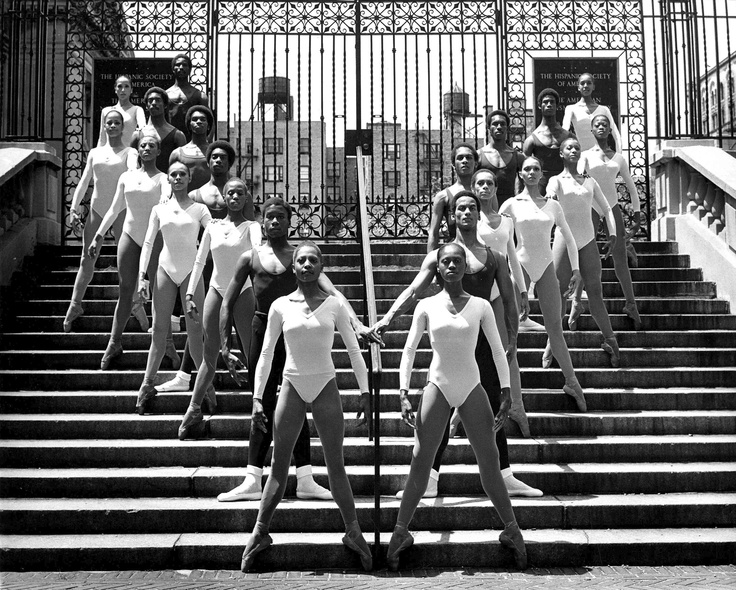
Moreover, these ballerinas have taken it upon themselves to challenge the traditional standards of beauty and excellence in ballet. Dancers like Misty Copeland, the first African-American principal dancer at American Ballet Theatre, and Michaela DePrince, a Sierra Leonean-American ballerina, have become icons, showing the world that talent and grace come in all shapes, sizes, and colors. They’ve opened doors for dancers of all backgrounds, encouraging companies to embrace diverse casts and challenge outdated norms.
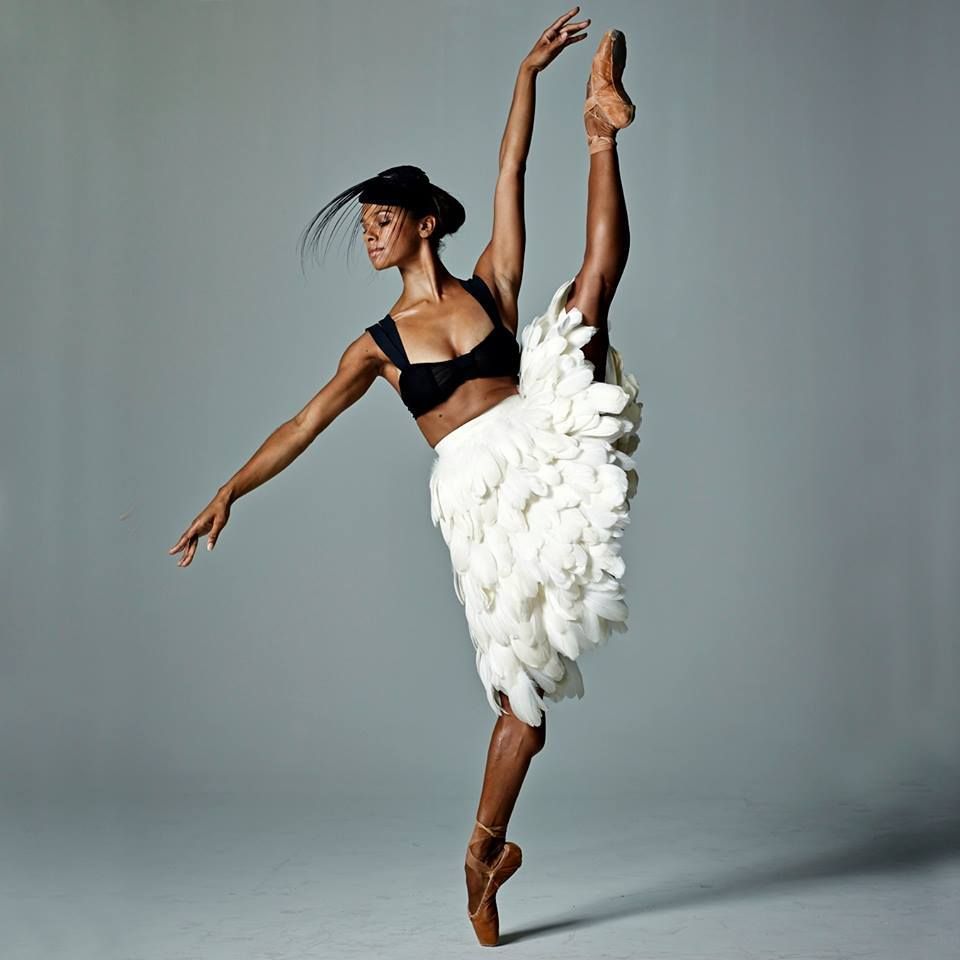
Another way these challenges are being overcome is through the rise of organizations and initiatives dedicated to increasing diversity in the dance world. Programs like the Dance Theatre of Harlem and the Black Ballerina Project have been instrumental in providing resources and platforms for Black dancers to showcase their talents, while also advocating for a more inclusive ballet community.
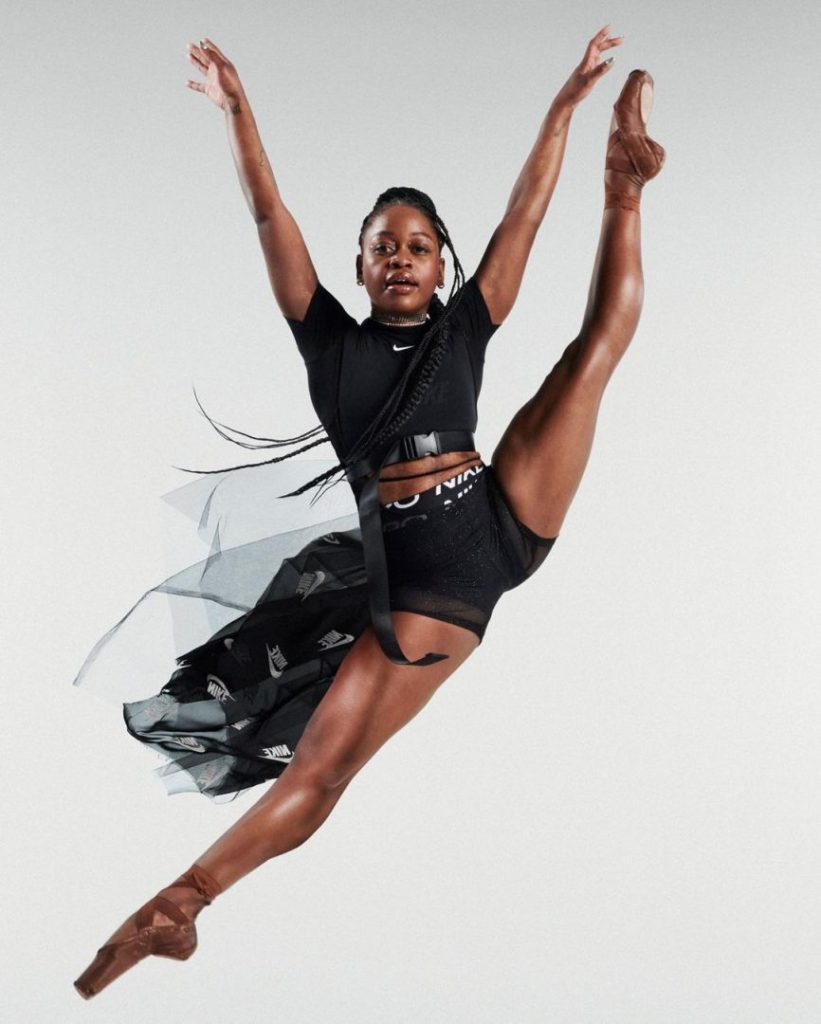
What Has Improved?
In recent years, there has been a noticeable improvement in the visibility and opportunities for Black and Brown ballerinas. Ballet companies have become more open to embracing diverse dancers, with many now striving to reflect the racial and cultural makeup of the communities they serve. Media representation has also played a significant role in bringing more attention to Black and Brown ballerinas, and the successes of dancers like Copeland, DePrince, and others have helped to shift perceptions about who can be a ballerina.
Today, Black and Brown dancers are finding their voices in the ballet world, and their artistry is being celebrated in ways that were once unimaginable. Not only are they breaking into traditionally white spaces, but they are also creating their own spaces where they can thrive on their terms. The development of dance styles and techniques that incorporate their cultures and histories has also added richness to the broader world of dance, further challenging the notion that ballet is solely a European art form.
Ballet schools are becoming more inclusive, offering scholarships and outreach programs to encourage dancers from diverse backgrounds to participate. Additionally, costumes, shoes, and makeup designed specifically for dancers of color are slowly becoming more available, making it easier for these dancers to feel seen and valued in the studio and on stage.
The rise of Black and Brown ballerinas represents a profound shift in the world of dance, reflecting the power of perseverance and the ongoing fight for representation in the arts. These dancers have faced adversity at every turn, but through resilience, advocacy, and solidarity, they have created a path for future generations of dancers of color. Their contributions to the ballet world go beyond their technique and artistry—they are a testament to the idea that ballet, like any other art form, is a reflection of society and should embrace all its diverse voices.
The progress made thus far is only the beginning. As more Black and Brown ballerinas continue to rise to prominence, the ballet world will hopefully become a more inclusive and diverse place, offering young dancers everywhere the opportunity to see themselves reflected in the art they love.
This article draws upon publicly available narratives and scholarly discussions regarding diversity and inclusion in ballet, referencing the contributions of organizations like the Dance Theatre of Harlem and individuals such as Misty Copeland and Michaela DePrince.
